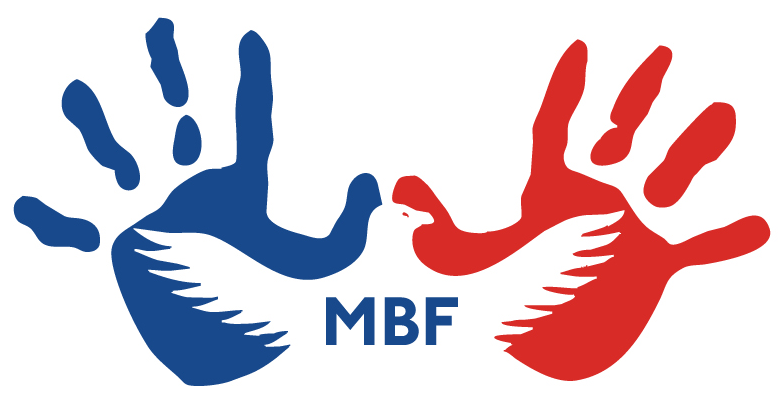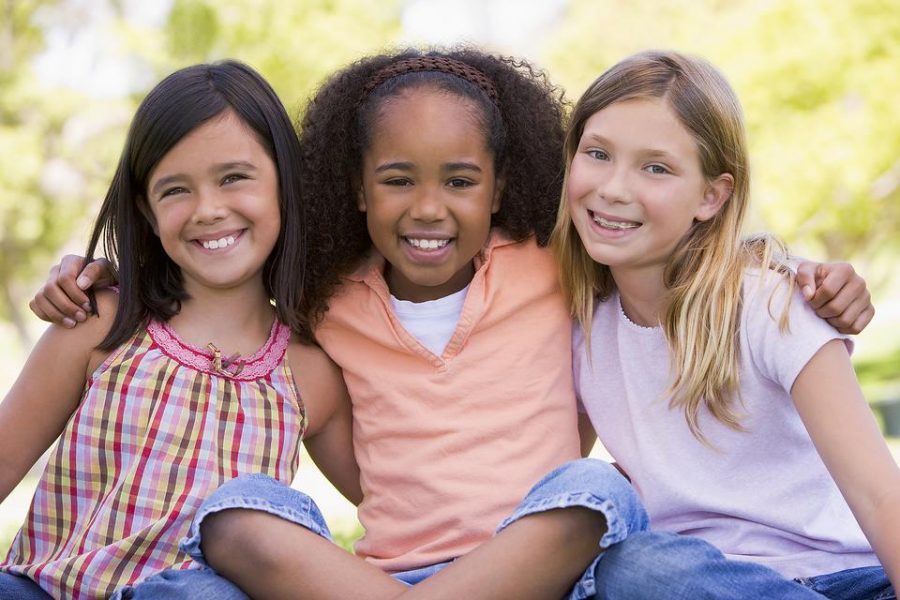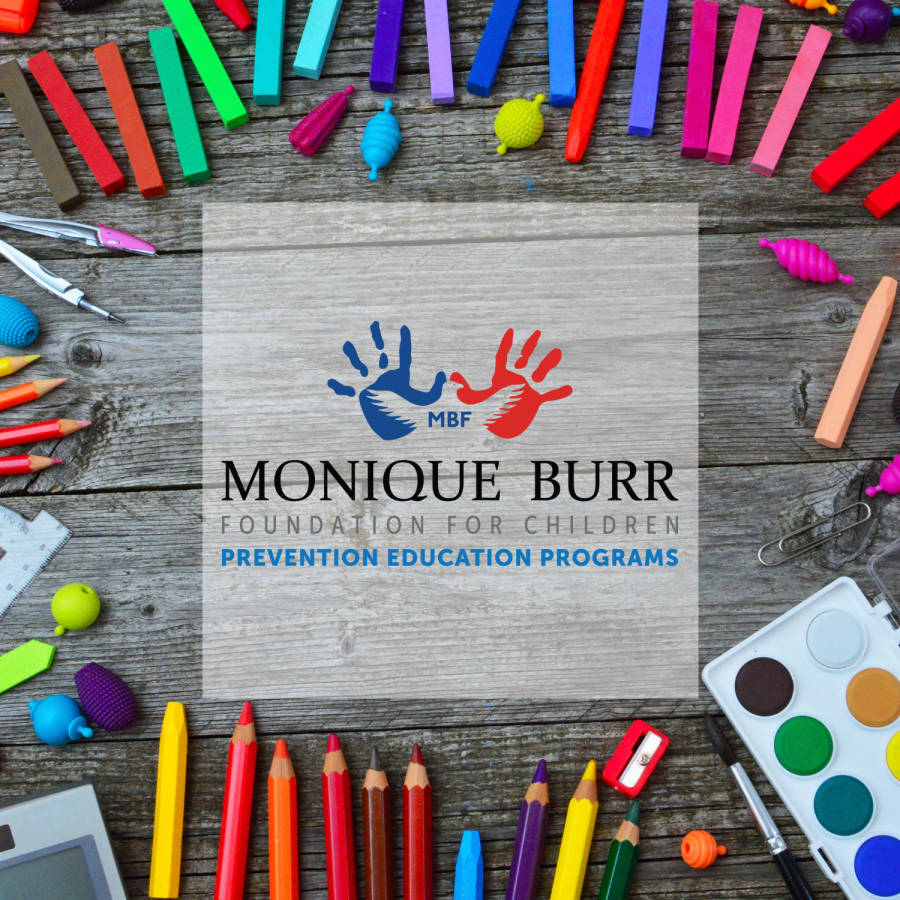Identifying, Intervening, Surviving, and Preventing Bullying Series:
Part 7
Imagine if there was a simple solution to bullying. Maybe there is. In 85% of bullying incidents at schools, there are other children around, bystanders, watching, and not acting. Now imagine if in those instances those bystanders did act. In 57% of cases when bystanders get involved, the bullying stops within 10 seconds. In other words, bystanders could most likely stop at least half of bullying incidents just by intervening when they see bullying occur.
Why Don’t Bystanders Always Act?
- Students may or may not know what bullying is
- They may fear also becoming a victim of the bully, now or in the future
- They may believe no one will help and the situation will only get worse
- Their own friends may pressure them not to do anything to help the victim
- They may think it’s none of their business
- They may think their actions will make it worse for the victim
- They may not like the victim
- They may think acting is somehow tattling on the bully who may be a friend or part of the “in” crowd
- They may fear their own social status will be compromised by intervening
- They may actually approve of bullying
There is also a social phenomenon known as the bystander effect. When there is a group of people watching something bad or someone being harmed, there is a diffusion of responsibility and each individual simply thinks someone else will intervene or report the issue, car crash, bullying incident, etc. Often then, no one acts.
So how do we get students to be active rather than passive bystanders? First, schools must be involved as well as students. Schools need to create the right type of environment for students to be positive and active bystanders.
Positive bystander intervention programs for schools typically include the following tasks:
- Creating and nurturing a caring school climate
- Teaching students to recognize bullying incidents
- Teaching students to distinguish between tattling and reporting
- Teaching students how to report
- Teaching students to develop empathy for victims
- Empowering students to act with positive conflict resolution skills
Regardless of whether a school has a bystander intervention program, students can still get involved! There are many things children can do to be active and involved when witnessing bullying incidents rather than being passive bystanders.
Remember the following steps if you witness bullying occur:
1. Determine if the behavior is truly bullying. First determine if the behavior you are witnessing is bullying or if two students are simply teasing one another or arguing. (If you determine you are witnessing two students fighting, teasing or arguing, you may decide it would be better to let them work it out or to go find a teacher or other adult to intervene).
2. If it is bullying, determine your response.
- Intervene while the bullying is occurring and stand up for the victim. Remember that in over half the incidents when someone does this, the bullying stops within 10 seconds. If you feel you have the courage to do this, it is often the best choice.
- Reach out to the victim later. Be a support person or friend. Often students are victimized because they are socially isolated and have few if any friends. If you support them and strategize with them, this alone may cause the bully to leave them alone. Or it may give the victim the courage to stand up for themselves or to tell their parents or another school staff person.
- Talk to the bully. If the bully is someone you know and you feel safe doing this, it may be an option for you to say, “you know bullying is wrong and you really should stop,” or “I will have to report it to get you some help.”
- Ignore the incident and encourage others to move away as well. Often if there is no audience, there is no bullying. So if you can break up the audience and move them away, sometimes you can stop the bullying incident.
Remember these tips regarding intervening when you see bullying:
- No one deserves to be hurt – physically or mentally. Most people have heard the saying, “sticks and stones may break my bones but names will never hurt me,” but it really isn’t true. Social and emotional bullying are just as bad as physical incidents. All bullying is wrong and school should be a safe place for everyone. We should all remember the golden rule – “Do unto others as you would have them do unto you” and intervene to stop bullying when we see it occurring.
- Remember that telling someone is not tattling! Toddlers tattle, while kids and teens report poor choices to get people help, and because it’s the right thing to do. Remember too that the bully is often striking out at others because they need help for their emotions or unmet needs. Reporting their behavior is not only getting help for the victim, but for the bully as well.
- Silence may be desired in the classrooms, but not about bullying! It takes everyone working together to stop bullying. You have to find the courage to speak up, either to the bully, the victim, to school staff, or better yet, to all three!
Additional Resources on Bullying:
How is Bullying Different in Younger vs. Older Grades
Cyberbullying – When Peers are Predators
Signs Your Child May Be the Target of Bullying
Why Children Become Bullies and Why They Target Certain Kids




